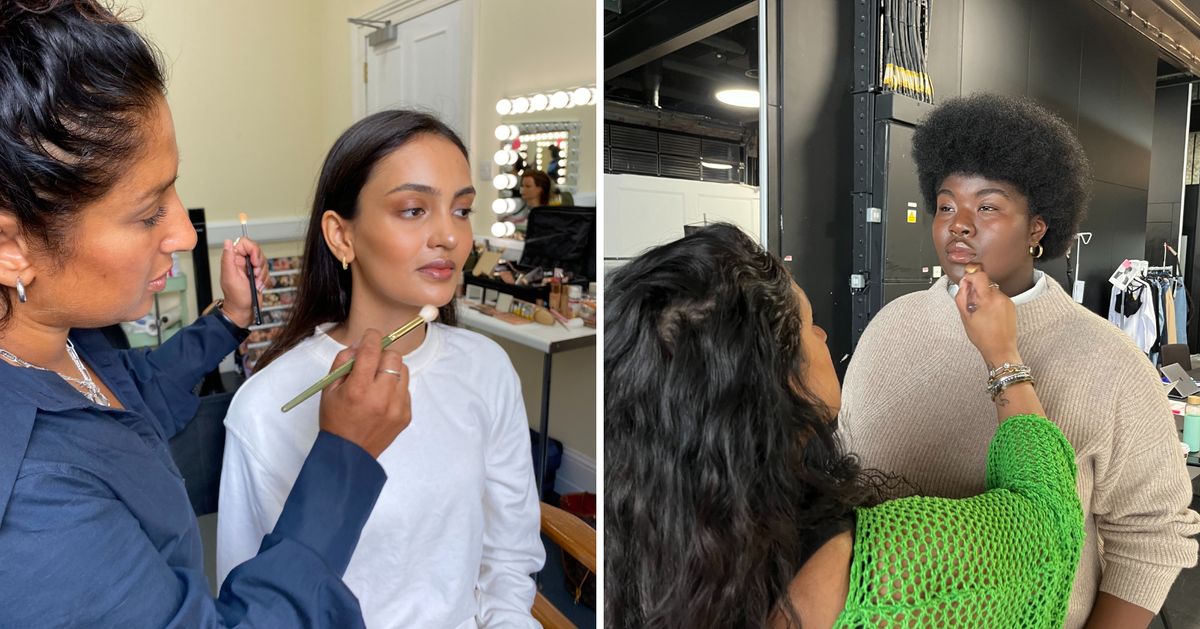Interest rates on high-yield savings accounts and certificates of deposit may be high, but with inflation pushing everyday costs up, it may not be easy to save money.
That’s why Lanesha Mohip, a corporate accountant with over a decade of experience, founder of the Polished CEO and CNET Expert Review Board member, is a big fan of microsavings. Rounding up to the nearest dollar and putting that amount toward your savings goals may seem insignificant, but it can add up over time. Plus, getting into the habit of setting money aside can help you prepare for longer-term financial goals.
If you’re finding it difficult to save, here are three tips from Mohip that can help you save $2,000 or more painlessly.
Use savings round-ups
If you’re looking for a way to ease into saving, round-ups are a great starting point.
“Round-up savings features offered by many debit or credit card companies can help you start micro savings goals that can grow to larger savings deposits over time,” said Mohip.
Some bank accounts and credit card accounts may offer this feature for free. I personally use Ally Bank’s round-ups feature to help my family mindlessly save, but SoFi and Bank of America also offer it. Just be aware of any bank transfer limits. And make sure your bank or round-up app is FDIC-insured for up to $250,000 to protect your savings.
If you round up your purchases, and save 50 cents a day, that’s an extra $15 a month and $180 a year — before accounting for any interest you’ll earn from a high-yield savings account.
Take advantage of automated savings features
In addition to using round-ups to boost your savings, some banks and money apps offer automated savings features that analyze your spending and move small amounts of money into your savings.
Apps like Opportun, formerly Digit, connect to your checking account to help identify spare money that can be safely moved into a separate savings account. Opportun is helpful if you’re trying to mindlessly save and don’t want to be as tempted to spend your money. But this app isn’t free — Opportun comes with a 30-day free trial and then costs $5 a month afterward. And you won’t earn interest on your savings.
But you can earn interest and get automated savings features for free. Ally Bank has a “surprise savings” service that works similarly to Opportun. The difference is, there are no monthly fees and you can earn interest on the money you’re saving. You just need an Ally savings account to set it up.
Depending on your spending habits, your bank might move small amounts, like $5, every few days to your savings. If you have more money not allocated towards bills, it might get more aggressive and move $10 to $20. Even if you have $5 moved twice a week, that can add up to $40 to $50 per month. Over the span of a year, that’s $520.
Let’s assume you can save $520 for the year using automated savings tools. When you add that to the $180 you saved with round-ups, your yearly savings total jumps up to $700.
Send money to a separate account on payday
In the same way you automatically have money taken out of your paycheck for health insurance and retirement, you can do so with saving.
“A payroll savings strategy is just starting with auto depositing a smaller dollar amount or percentage before your net check hits your main account is a great way to start,” said Mohip.
Many companies let you update where your paycheck can go online. You can have a portion of it sent directly to your savings and the rest to your checking account. If you aren’t sure how to update this information, talk to your human resources or payroll department to get a direct deposit authorization form. You’ll need to list how much money you want to send to each account — you can choose a set dollar amount or percentage.
If you bring home $2,000 every two weeks in your paycheck, for example, you might allocate $50 of that to go toward savings. You can always adjust the amount. In a year, you would have $1,300 saved.
Using all three microsavings techniques would bring your savings grand total to $2,000 for the year ($520 + $180 + $1,300). Not too shabby for moving a few dollars here and there.
Other ways to microsave
Microsaving can help you dip your toe into setting money aside. Here are a few other easy ways to boost your savings without changing your spending habits drastically:
- Cut back on your cellphone, internet or other utility bills. Shop around for other providers or call your provider to see if you’re eligible for any discounts or packages. Stash the newfound savings.
- Don’t forget to redeem your cash-back rewards. If you earn rewards with a credit card or debit card, you can transfer your earnings to a savings account once they reach a certain amount.
- Save your change. If you shop with cash, hang on to the spare change you receive from your coffee or Target runs. Stash it in a jar and have it deposited to your savings account every few months. Having an account at a bank with physical branches nearby can make this service easy.
- Use your employer benefits. You may be missing out on your employer covering certain expenses to help you save. For instance, your employer’s flexible spending account may help cover doctor bills, child care costs and gym memberships up to a certain amount. If you’re already paying for these expenses, you can move the money you’d usually dish out to your savings.
Read more: Balancing Splurging and Spending Is Hard. I’m an Accountant, Here’s My Advice
Earn even more on your money with compound interest
Whether it’s surprise savings from your bank account or regular automatic transfers, it’s best to make sure your savings are working for you by earning a competitive interest rate.
Mohip recommends stashing your money in a high-yield savings account if you’re building an emergency fund or think you’ll need the money in a year or less.
“I use a high-yield savings account for my emergency savings, travel spending, and even my splurge seasons for bigger ticket purchases that I know I’m going to spend on but I want to build it up first,” said Mohip.
High-yield savings accounts earn as much as 5% APY right now, and you may be able to find higher rates at your local credit union. Savings account rates are variable, which means they fluctuate based on economic factors, as well as bank preferences. But, even if savings rates fall, a high-yield savings account’s ultimate draw is its flexibility.
If you have a long-term goal or know you won’t need to touch your money for years, you may consider a certificate of deposit. When you open a CD, you lock in your interest rate for the duration of the term. But you won’t be able to make regular deposits, so you’ll still need somewhere else to stash the money you’re regularly saving.
Recommended Articles
Supercharge Your Savings: Surefire Tips to Grow Your Money Faster
Supercharge Your Savings: Surefire Tips to Grow Your Money Faster
Are Gen Z Money Trends Giving You Deja Vu? That’s Because They’re Boomer Financial Fads
Are Gen Z Money Trends Giving You Deja Vu? That’s Because They’re Boomer Financial Fads
Going on a Financial Diet? Try One of These Savings Challenges
Going on a Financial Diet? Try One of These Savings Challenges
Is Doom Spending Hurting Your Finances and Well-Being? Here’s How to Put an End to It




